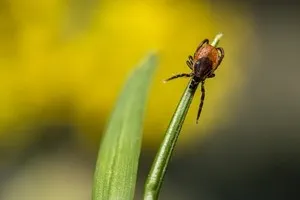
Ticks may be tiny, but they can pose serious health risks. These blood-feeding parasites often go unnoticed and can carry diseases like Lyme disease and other infections. Knowing how to prevent bites and what to do if you find one is essential, especially during warm weather months.
What Are Ticks?
Ticks are small arachnids that attach to animals and humans to feed on blood. Their bites are usually painless, making them hard to detect. Some ticks carry bacteria and viruses that can cause serious illnesses.
Where They Hide
Ticks are commonly found in:
How to Avoid Tick Bites
Tick Check Tips
After being outdoors:
What to Do If You Find a Tick
Keep Your Yard Tick-Free
With a few simple habits and regular checks, you can stay safe and reduce the risk of tick bites for yourself, your family, and your pets.